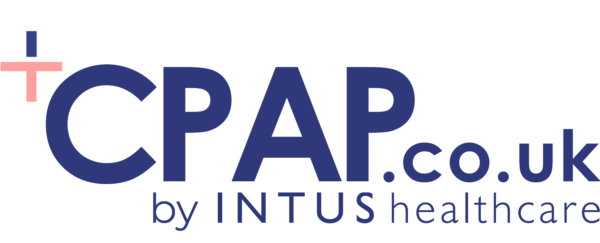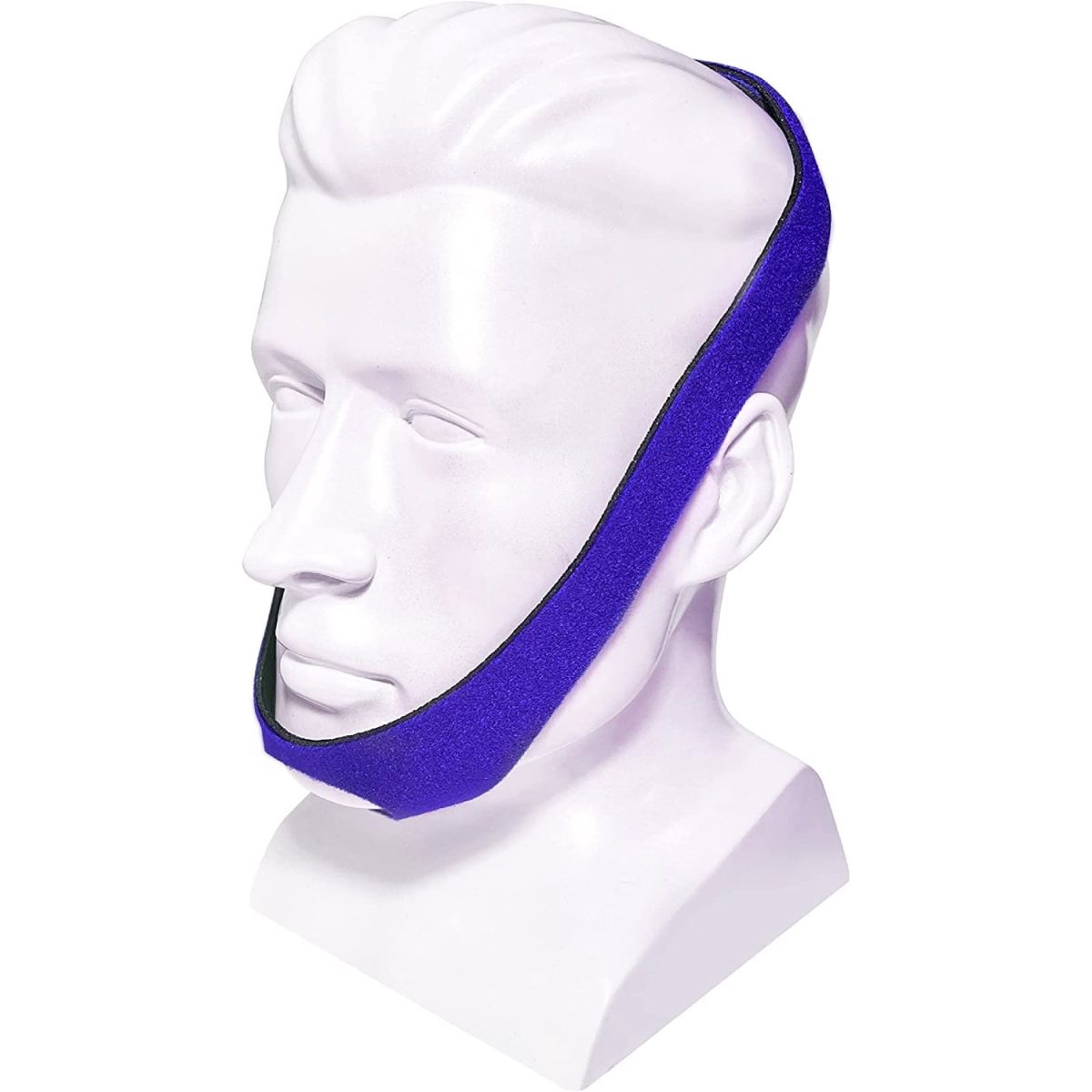Last updated on July 7th, 2023 at 10:42 am
CPAP (Continuous Positive Airway Pressure) therapy is the most effective form of Sleep Apnoea treatment. It works by delivering air pressure via a CPAP machine, tubing and CPAP mask. Opening your airways to prevent breathing pauses (Apnoea events) during the night. These breathing pauses cause people to become exhausted throughout the day and suffer from other symptoms.
CPAP therapy hugely benefits those with Sleep Apnoea and prevents other complications, such as heart disease and diabetes.
You might notice your CPAP mask leaks air after a few hours. There’s no need to worry as this can be easily fixed.
It is common for mask leaks to happen as your mask shifts during sleep from movement. However, if this is persistent, it could mean there is another common problem which we can help solve so you get a proper night’s sleep.
Continue reading to find simple solutions for your mask leaks.
What causes CPAP mask leaks?
There is not just one cause for your mask leaking.
Different factors can affect the seal of your CPAP mask. When mask leaks occur, it decreases the effectiveness of your CPAP therapy.
CPAP masks are designed to have a small intentional leak so that you exhale CO2. Unintentional leaks can cause a dry mouth or nose and compromise your therapy.
Here are some CPAP air leak causes:
- Poor fit – If your mask is not fitting correctly, mask leaks happen. Your mask is not tight enough if it’s gapping around your mouth or cheeks. If your headgear is too tight or loose, it will affect the functionality of your mask.
- Old mask – We recommend changing your mask every 6-12 months and your mask cushions every 1-3 months. When you use an old mask, it can start to wear and tear. The materials may deteriorate, which affects the seal of your mask.
- Cushion size is ill-fitting – Causes of this could be down to any weight gain or loss, side effects of any medication which could cause swelling to the jaw and cheek area, hormonal disturbance such as thyroid diseases, any recent surgery, sinusitis, stress or anxiety or the cushion is simply not the right measurement for your face.
- CPAP cleaning – Keeping your mask clean is essential. Dirt and oils can break the seal of your mask and damage it. If you’re unsure, read our blog on how to clean your CPAP equipment for helpful information.
- How you breathe at night – You may have the wrong type of mask. If you breathe through your nose only, then a nasal mask would be suitable. If you snore and/or breathe through your nose and mouth at night, then a full face mask is the solution. Unsure? A full-face mask is always the best option.
- Sleeping position – If you are a restless sleeper and toss and turn throughout the night, it can knock your mask. Ultimately affecting the seal. Read our guide on CPAP masks for side sleepers to help you decide what mask is best for you.
You can look at the data on your CPAP machine to see if there is any indication of mask leakage. Ideally, you want the seal to be green on your machine and the leakage report to have a leak rate of up to 24 Litres per minute or less.
How to stop a CPAP mask from leaking
Ensure you have the correct size mask; our masks have sizing guides. You can find these in the downloads tab on the product page. Print these off to scale and easily find your size!
Tightening your mask while you lay down will give you the best seal, as our faces change shape when we lay.
If your device has a ‘ramp’ setting option, take advantage of it. This feature will slowly increase the pressure of your device, minimising the likelihood of you taking off your mask throughout the night. Your CPAP pressure settings also impact the risk of leaks; you may need to change your settings. If you’re unsure what the numbers on your CPAP machine mean, contact us.
Trying a new mask can prevent leaks, as there are a few different mask types to choose from. Switching from a nasal mask to a full-face or visa-versa could be just what you need to do. You could also try a risk-free mask, guaranteeing you a good fit.
Being comfortable in your mask is essential. Make sure you are replacing your mask parts to get the full benefits of your CPAP.
We also provide mask liners; these are soft, cotton fabric liners that fit between your mask and skin. To create a comforting barrier, preventing air leaks, skin irritation and red marks.
A chin strap can be added to your therapy to help reduce mask leaks. The soft chin strap material holds your chin in a comfortable and suitable position. Encouraging you to breathe through your nose to stop a dry mouth or nasal passage.
This is additional headgear to wear on top of your mask and can take some getting used to.
How to know if you have Sleep Apnoea
If you think you have Sleep Apnoea and have not been diagnosed – Take a look at the Sleep Apnoea symptoms.
Contact your GP for further guidance, or take an In-Home Sleep Test.
If you have any questions, contact us to speak with our friendly team.




